Market Share
Anesthesia Drugs Market Share Analysis
The Anesthesia Drugs market is characterized by intense competition and varied positioning strategies amongst players who offer safe and effective sedation during surgical procedures in medicine. One common strategy lies on product differentiation. Companies operating within this market continue to invest heavily in research and development particularly to produce new or improved anesthetics which have better safety profiles than those already available, rapid onset times, together with shorter recovery periods.Their goal is to gain favor from physicians or other medical institutions seeking cutting edge solutions for their patients through innovation as well as differentiated products.
Usage of pricing strategies is important in the market share positioning within the Anesthesia Drugs market. Some firms adopt a low-cost leadership strategy, offering their drugs at competitive prices to attract a wide range of medical practitioners particularly those operating in areas with limited budgets. Conversely, premium pricing mechanisms are employed by various firms which seek to underscore their anesthesia products’ quality, reliability and advanced features so as to target specific hospitals and healthcare providers interested in purchasing top-of-the-range drugs for better patient outcomes.
Market segmentation helps firms concentrate on particular types of anesthesia drugs that will suit some medical specialties or patients. For instance, specific drugs may be developed for pediatric patients only or tailored for use on a particular type of surgical procedure. This targeted focus enables companies to meet multiple demands from health-care professionals thus branding themselves as specialists in certain sectors of Anesthesia Drugs market.
The distribution channel strategies are important because they enable anesthesia drugs to be available widely. Most companies have established strategic partnerships with hospital networks, surgical facilities and pharmaceutical distributors across the globe. In addition to traditional supply chains, digital platforms increasingly play a significant role in ordering and distribution processes offering efficiency and accessibilities for healthcare professionals.
Strategic alliances and collaborations with healthcare institutions and professionals contribute significantly to market share positioning. Many businesses engage in partnerships with leading anesthesiologists associations like anesthesia societies, national medical associations etc., aiming at building up trust and reliability amongst clinicians. Moreover, these alliances serve as tools for continued education purposes which enable them remain updated about emerging clinical practices hence aligning production accordingly.
Marketing techniques such as advertising promote brand awareness among buyers resulting in preference within the Anesthesia Drugs market segment. Companies invest on education campaigns targeting health care providers about their products emphasizing its benefits and safety profiles.. This direct engagement commonly done through conferences, seminars or even online platforms creates more appealing brand images while building confidence towards the effectiveness of the drug.
Companies must keep doing more research if they want to suffer no loss of market share. Changing nature of medical science needs constant innovation in order to deal with emerging issues, improve drug compositions and align with changing clinical practices.. Therefore, staying ahead in terms of scientific breakthroughs enables firms compete favorably across the dynamic Anesthesia Drugs market.

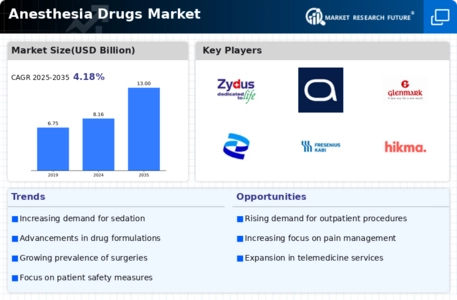

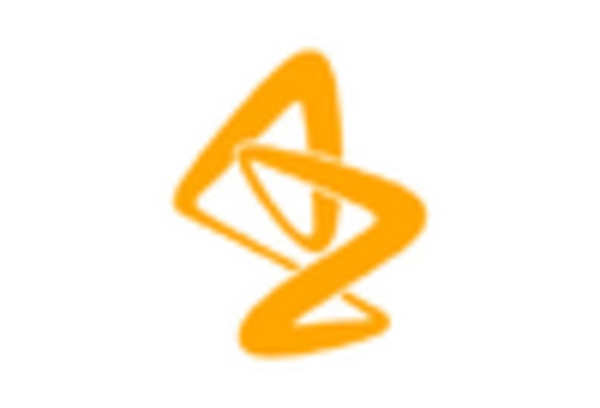
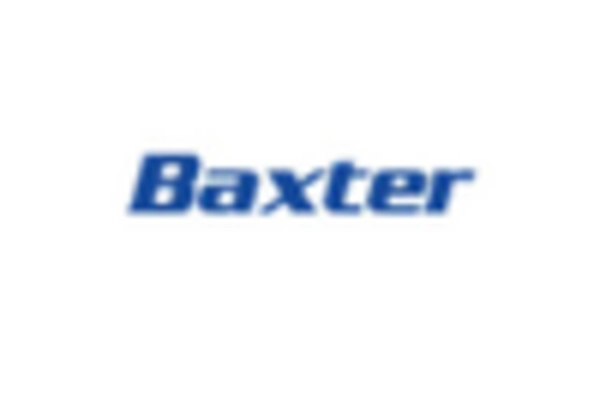
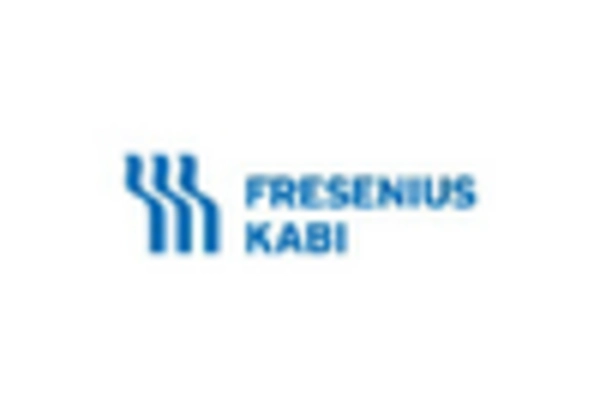
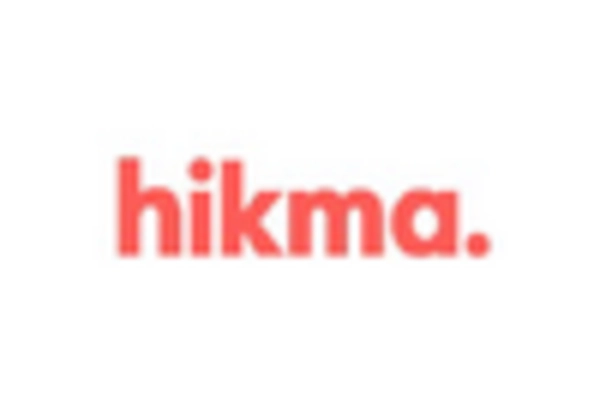










Leave a Comment